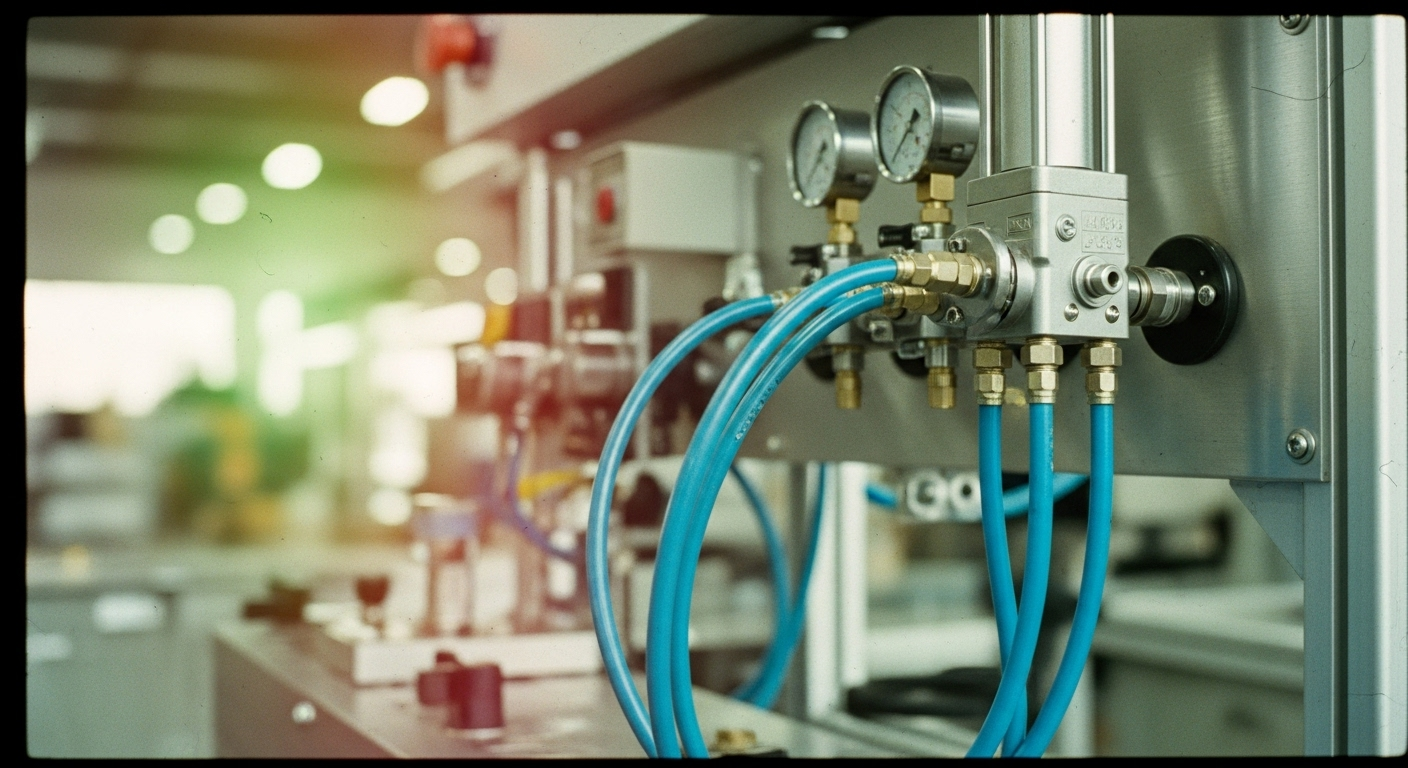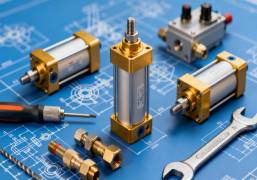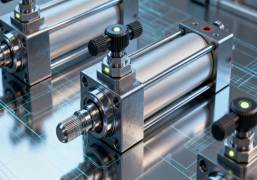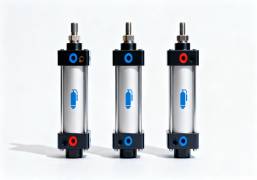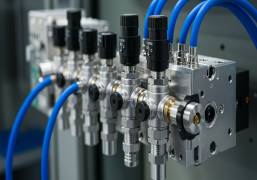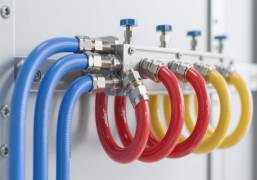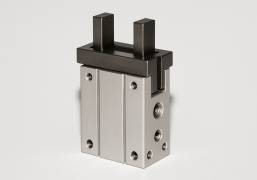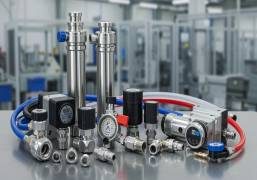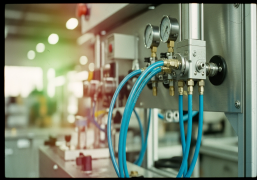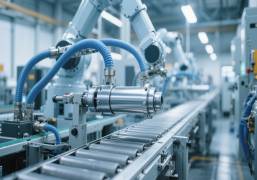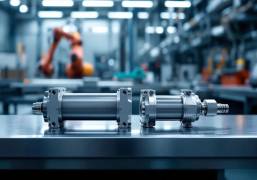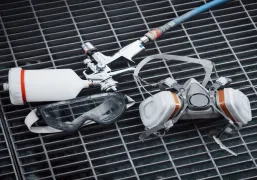Valves and cylinders are as important as any other pneumatic tools when it comes to the motion and control of the machine. In any pneumatic system, valves and cylinders are the heart of motion and control. Are you working in the packaging or design industry, or do you work in a material handling system? Whatever the answer, choosing the wrong components for your industry may cause repetitive machine failures and energy waste.
Buying pneumatic valves and pneumatic cylinders, also known as air cylinders, is as important as knowing what mistakes to avoid when selecting them. This blog covers all kinds of mistakes made by buyers when selecting them and how they can be avoided.
Mistakes to Avoid When Selecting Pneumatic Valves and Cylinders
Here are some of the mistakes that can easily be avoided when choosing Pneumatic Valves and cylinders.
1. Ignoring Application Requirements
The lack of matching the component to the particular application is one of the most common errors. A cylinder or valve, which functions well with a light loading, may not work under heavy loading or high-speed conditions.
For example:
The press application with a small cylinder may easily cause premature wear and result in seal leakage.
What may reduce your cycle time is the choice of a valve that does not have the necessary flow capacity.
Tips:
Before selecting a cylinder or a valve, define:
- Minimum stroke length and load capacity.
- Operating speed
- Environment at work (temperature, humidity, dust)
- Frequency of the cycle and duty cycle.
Knowing these parameters would make your pneumatic components work well in the actual environment.
Looking to buy pneumatic cylinders? You do not have to search anymore. V.S. Enterprises is one of the best pneumatic cylinder suppliers in India. We are known for our quality products at the best prices.
2. Overlooking the Type of Cylinder Needed
Neglecting the Type of Cylinder Needed.
Pneumatic cylinders or air cylinders are available in various styles – tie rod, compact, round body, twin rod, and guided styles – which best fit various applications. The choice of the wrong type may undermine accuracy, rigidity, and space utilisation.
Common oversights include:
- Using a single-acting cylinder instead of a two-acting cylinder when the motion should be a two-way one.
- With a standard round body as opposed to a twin-rod cylinder, there is a necessity for anti-rotation or increased load capacity.
- Installation of a small cylinder in a situation that requires long strokes or high side forces.
Tips:
Guided or twin rod cylinders are the way to go in case your process needs high accuracy or may need lateral load handling. Compact cylinders should be utilized in limited space arrangements. Check mounting and stroke adjustability.
3. Underestimation of Pressure and Flow Requirement.
One error that is usually made when designing a pneumatic system is the failure to calculate air pressure and flow requirements. Little pressure may result in slow movement or half strokes, whereas strong pressure may break seals and internal components. Equally, valves or tubing with a small flow capacity limit the quantity of air entering the cylinder and limit speed and efficiency.
Tips:
- Match the Cv (flow coefficient) of the desired speed and cylinder size using flow charts and manufacturer data.
- The air supply line and fittings should be correct in size.
- Install pressure controllers and flow control valves to fine-tune.
4. Neglecting Environmental Factors
Many pneumatic systems fail prematurely because environmental conditions weren’t considered during selection.
Examples:
- Using a standard cylinder in a dusty or humid environment leads to seal contamination.
- Operating valves in extreme temperature zones causes lubrication breakdown or sticking.
- Working with components near chemical or solvent exposure can corrode metal parts or degrade seals.
Tips:
- In cleanrooms or food processing, use oil-free or non-lubricated valves.
- Always check the IP rating or environmental specification before installation.
5. Forgetting About Mounting and Space Constraints
When it comes to mounting, often space constraints are not kept in mind. Improper mounting is a silent cause of pneumatic inefficiency. There are times when a perfectly suitable cylinder seems to be operating poorly due to being positioned improperly or forced to work at an angle. Similarly, not considering space limitations in the design process can lead to interference and alignment issues in installation!
Tips:
- Always check mounting accessories — clevis brackets, foot mounts, flange mounts, and rod-end couplers.
- Leave enough room for cylinder retraction and extension.
- For tight spaces, use compact cylinders or multi-position actuators designed for small footprints.
If you are looking for pneumatic actuators, you can always consider V.S. Enterprises. We are one of the top pneumatic actuator traders in India.
6. Ignoring Maintenance and Accessibility
Even durable pneumatic systems require regular maintenance. Many users overlook how easy it will be to access and service components once installed. This often results in low productivity.
Tip
- Install quick-disconnect fittings for faster servicing.
- Choose brands with readily available spares and seals.
- Implement scheduled preventive maintenance rather than waiting for failure.
7. Using Incompatible Components
Both the pneumatic tools – cylinders and valves – cannot function independently. They are dependent on FRL sets, flow control valves, pressure sensors, and tubes for operation.
Tips:
- Always use compatible fittings so as to ensure the greatest chance of preventing air leaks; you should use fittings that are compatible, whether they are thread types (BSP, NPT, etc.).
- Always install a filter-regulator-lubricator (FRL) upstream of any cylinders or valves.
- PU or nylon tubing to the rated pressure of the system should be utilised. You may also consider using silencers or mufflers on all the exhaust ports from the valves for noise and contamination reduction.
8. Overlooking Energy Efficiency
Pneumatic systems can become less effective if they are not properly optimised. When you use cylinders, valves, or fittings larger than you need, you are wasting compressed air in the system and will likely have a greater total cost of ownership.
Tips
Use the smallest size cylinder or valve that will accommodate the necessary load rating or stroke length.
- Use air-saving valves or dual-pressure circuits.
- Check for leaks periodically — even a small leak can waste significant air over time.
9. Failing to Factor in Control and Feedback Requirements
Automation in today's modern design will often involve position sensing, feedback, or sequencing. When you don't account for these requirements while selecting a cylinder or valve, you may find yourself needing to make costly changes.
Tip:
- Select cylinders that have magnetic pistons so that you can use reed or proximity sensors.
- Select actuator valves with manual overrides, not just to aid in system setup and testing, but to provide an additional layer of functionality to your design configuration.
- If you need precision feedback in your application, consider integrating pressure or position sensors into your process.
10. Choosing Parts on Cost Alone
Another common error is to judge your components simply on price while neglecting to consider the total cost of ownership.
Tip:
Calculate your total cost of ownership (TCO). It will include life cycles, maintenance, replacements, parts, and energy consumption. Also, identify reputable brand names and brands that use high-quality components, which will result in better quality products overall.
Conclusion
You should pay attention to what your system requires all the time. After reading the blog, you must be aware of all the mistakes to be avoided when choosing pneumatic actuator valve and air cylinders. At V.S. Electronics, we not only provide the best-quality products that align with your business operations, but our round-the-clock staff ensures that all your questions and doubts are taken care of! Contact us today.

